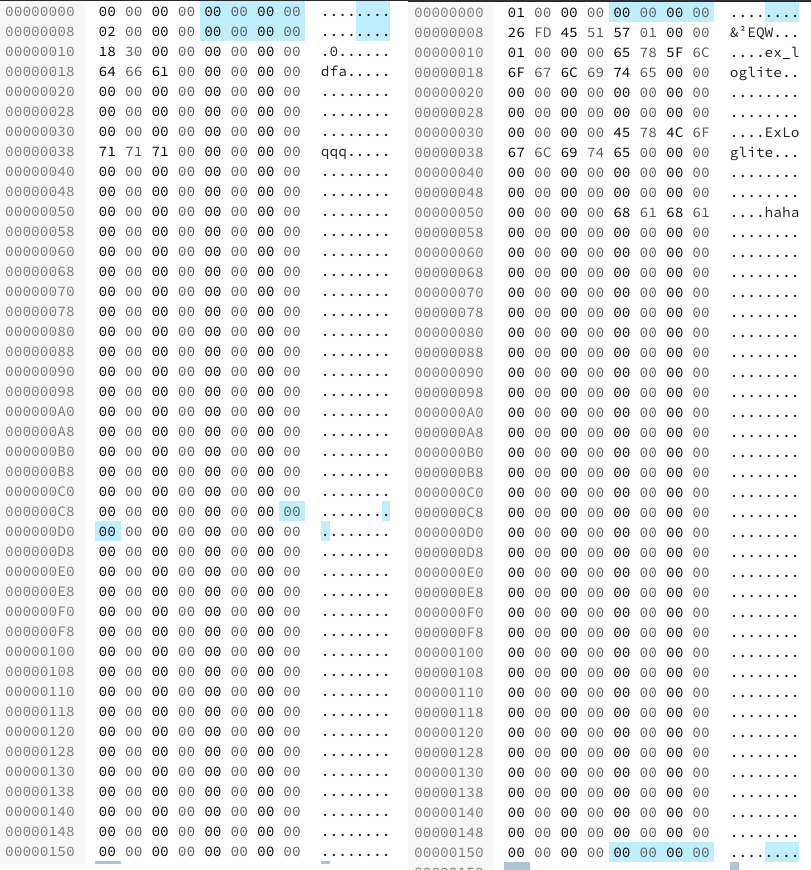


Share Improve this answer Follow edited at 11:23 Community Bot 1 answered at 7:21 Thecafremo 13. Both channels are IP-based, not carrier-based, so its just WiFi or cellular data. Platform (iOS, macOS) doesnt matter in this case. So attack data represents 99.5 of all large message data. The max file attachment size for the iMessage and Business Chat services is 100 MB. If I filter out all objects whose size is greater than 39KB then the total size goes down to 7 MB (again not including objects whose size is less than 1000 bytes). This would give the network a way to dynamically increase the PoW needed to send messages in response to available capacity. The total size of the 6234 objects is 1537 MB. One factor would be the median excess PoW the node has seen, and another could be the ratio between new messages and acknowledgements (if messages are getting dropped, then the ratio will increase).

The 4 GiB barrier is a hard limit of FAT: the file system uses a 32-bit field to store the file size in bytes, and 232 bytes 4 GiB (actually, the real limit is 4 GiB minus one byte, or 4 294 967 295 bytes, because you can have files of zero length). Nodes can keep an eye on a couple factors to try to guess the amount of excess PoW needed to provide resonable assurance of delivery. Natively, you cannot store files larger than 4 GiB on a FAT file system. For that, we could use "excess proof of work" - the amount by which the hash exceeds the target.Īs the network capacity begins to be reached, the messages with the lowest excess PoW will start getting dropped. To do this in a sensible way, there should be some kind of priority ranking to determine which messages should be dropped first. When the quota is reached, the node drops messages. Bitmessage now supports 18 and 19 byte RIPE addresses where the missing 1 or 2 bytes. Suppose every node, instead of trying to store and relay everything, has a user-configured disk space and bandwidth quota. Right now you've got to change addresses to changed required proof of work, and that's pretty disruptive even if you are using Namecoin to record the address changes. I think the deeper problem to be solved is that the network has no way to adjust required POW in real time.


 0 kommentar(er)
0 kommentar(er)
